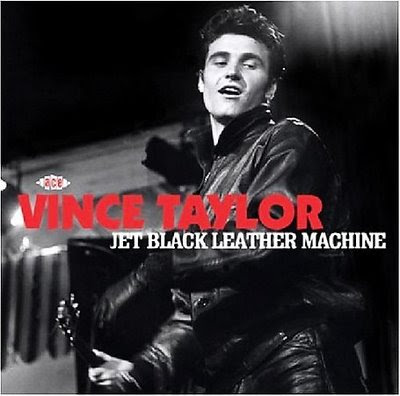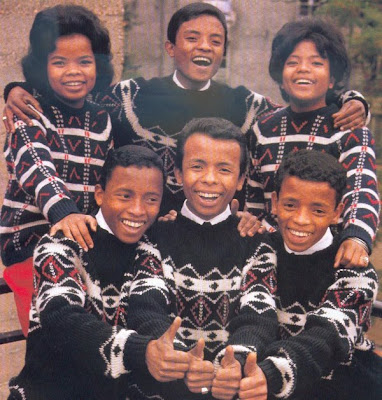 When I was watching Senator Ted Kennedy‘s funeral procession proceed across Memorial Bridge, I was reminded of another funeral procession, one I first learned of when visiting the coach house at Stratfield Saye where the funeral car of the Duke of Wellington is displayed and a recording is played of the titles and honors of this man, the same words recited during his funeral march. The recording goes on and on, complete with the sound of horses’ hooves, a sound that echoes in my mind from President Kennedy’s funeral procession and the ones I’ve attended at Arlington Cemetery.
When I was watching Senator Ted Kennedy‘s funeral procession proceed across Memorial Bridge, I was reminded of another funeral procession, one I first learned of when visiting the coach house at Stratfield Saye where the funeral car of the Duke of Wellington is displayed and a recording is played of the titles and honors of this man, the same words recited during his funeral march. The recording goes on and on, complete with the sound of horses’ hooves, a sound that echoes in my mind from President Kennedy’s funeral procession and the ones I’ve attended at Arlington Cemetery.
Do you realize there were similarities between the Duke of Wellington and Ted Kennedy?
1. Both were Irish. Wellington was descended from an Anglo-Irish family going back to 1180s; Kennedy’s ancesors were Irish American, his great grandparents came over during the Irish Famine.
2. Both were fourth sons.
3. Both came from wealthy families, although Wellington’s family fortunes waned a bit after his father died.
4. Neither were stellar students.
5. Both loved music. Wellington once played the violin; Kennedy loved to sing.
5. Both served in the Army (although Wellington’s career was a bit longer and much more distinguished!!)
6. Both had unhappy marriages (although Kennedy’s second marriage was very happy).
7. And, of course, both had long political careers. Wellington was Prime Minister for 2 years but active in politics both before and after. Kennedy’s bid for the presidency failed but he was a powerful member of the Senate for 46 years. And, a huge difference–Kennedy was perhaps our most famous liberal senator and the Duke of Wellington was always a conservative Tory.
Wellington died at Walmer Castle. His body was taken by train to London and he was given a state funeral, an honor he shared with Admiral Lord Nelson and Sir Winston Churchill. His funeral was packed and a grateful citizenry lined the streets of London as his funeral procession passed. To honor him Tennyson wrote “Ode on the Death of the Duke of Wellington“
 And 250 years later, as I stood in the Duke’s coach house, I felt that same need to honor him, a great man.
And 250 years later, as I stood in the Duke’s coach house, I felt that same need to honor him, a great man.
Are any of you Wellington Groupies, like me? What do you think of the Iron Duke?
There will be new stuff on my website tomorrow. Take a peek now at my new bookcover.











